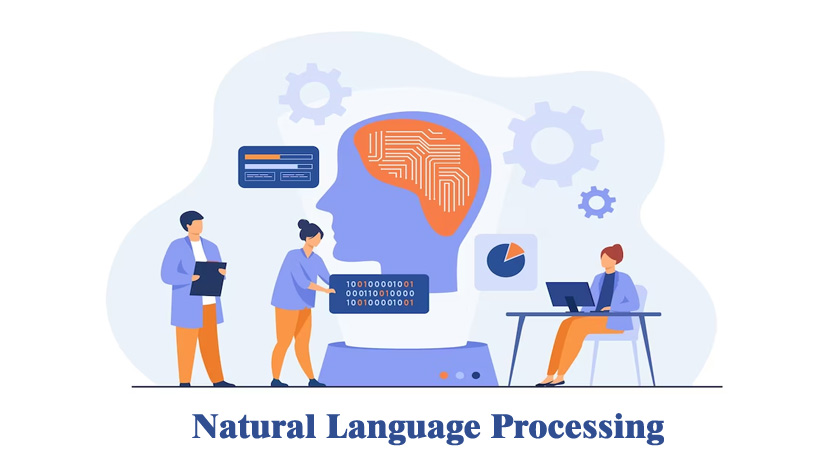Natural language processing allows computers to understand spoken words or return text in the same way as humans. It is referred to as the branch of artificial intelligence and computer science. It combines rule-based modeling of human language computational linguistics with machine learning and deep learning models. This technology helps computers to process human language in the form of voice or text to understand the complete meaning of it.
NLP Will drive computer programs to translate text from one language to another and quickly summarise large volumes of text in real-time. You can interact with NLP through voice operator GPS, speech-to-text dictation software, or other consumer conveniences. It also plays a significant role in enterprise solutions that will help streamline business operations, simplify critical business processes, and increase productivity.
How does Natural Language Processing Work?
The most common way of NLP is speech recognition. This is also known as speech-to-text. It is the process of converting voice data into text data. It will be used by any application that will follow voice commands. This process can be complicated for people who talk quickly, with emphasis, or in different accents. Other issues can also arise in the text if you use incorrect grammar.
Another method is the selection of the meaning of a word with various purposes through the process of analysis that will determine the word and make it meaningful in the given text.
Next process is putting structured information into human language. This process is called natural language generation. It is the opposite of speech recognition.
Coreference resolution is another process of understanding when two words refer to the same entity. If there is a reference to a specific pronoun, it will help determine if it is a person or an object. It will also involve understanding a metaphor in the text. For example, ‘he’ refers to a man. Another example is ‘it.’ This refers to an object.

